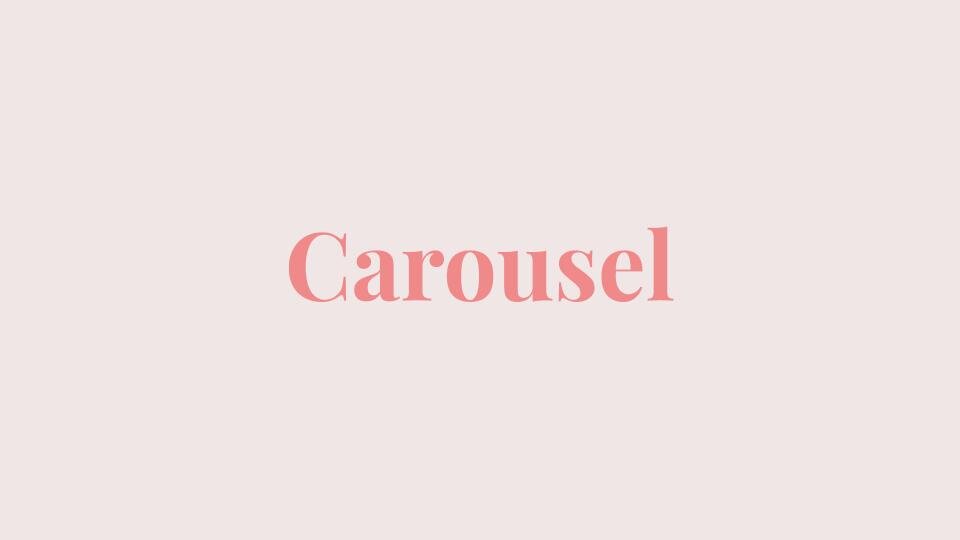1. Letting Go: The Pathway of Surrender
Introducing The Letting-Go Technique to ease emotional suffering.
As described by Dr David R. Hawkins in “Letting Go: The Pathway of Surrender.”
Many of us suffer with uncomfortable feelings.
A cancer diagnosis can bring difficult feelings to the surface.
Thankfully with increased awareness around mental health, we are reassured that uncomfortable feelings are normal.
But does knowing you are normal ease suffering?
It’s common to feel a sense of panic when a difficult emotion arises.
Judging a feeling as undesirable or intolerable creates a sense resistance and urgency.
We want to get rid of the feeling as quickly as possible. Which only increases suffering.
Many of us are able to recognise an uncomfortable emotion, but
how can we ease suffering in a healthy and effective way?
This is the multimillion dollar question.
When we experience an uncomfortable situation or emotion there are a variety of options available to us including:
Therapy
Medication
Talking/sharing
Rumination/worrying
Planning the future/increasing control/problem solving/action
Mental reassurance/minimising our suffering. It’s OK because/it’s not as bad as…
Denial/suppression/repression
Offloading/exploding
Lamenting/blaming/regretting
Condemning others/the situation
Meditation
Self-compassion
Exercise
Escape/distraction/busyness - drugs, alcohol, caring for others, work, exercise, anything except time with our feelings.
These coping strategies have their place to help us out in a tough moment.
David Hawkins encourages us to look at emotional pain in a different way:
Could emotional discomfort have a purpose?
Is a difficult feeling coming into your awareness to be healed?
Could giving a difficult emotion the time and space it is asking for ease distress?
It’s worth noting the title “Letting Go” may be a little deceptive. The technique isn’t asking you to drop your grievance. It’s asking you to acknowledge your grievance. And use the methodology provided to work through it at your own pace.
So What Is The Letting Go Technique?
The Letting Go Technique encourages us to give time and space to uncomfortable feelings.
We learn to sit quietly, close our eyes and invite the uncomfortable situation and feeling into our awareness.
We learn to experience an uncomfortable feeling without judgement, problem-solving or mental rumination.
We learn that giving time and space to an uncomfortable feeling decreases its intensity.
We learn that resisting an uncomfortable feeling increases its intensity.
What Do I Need to Practice the Letting-Go Technique?
Quiet time
Courage
Honesty
Willingness to try something new
Perseverance
What’s to Love About the Letting-Go Technique?
It’s free.
It’s simple.
It can be done alone.
It offers an alternative to worry, rumination, control, confrontation, escape.
Suffering decreases because you have a technique you trust.
You can learn the technique with this guided audio and eventually self-facilitate the practice.
It helps you change your beliefs. For example you learn to welcome an uncomfortable situation as an opportunity for healing rather than wish things were different.
You can use this technique to tackle any uncomfortable feeling or situation. You can work on current hurts, past hurts or worries about the future.
If you have a big grievance, you can spend as much time on that situation as you need to, over multiple sittings.
It’s a practical, experiential exercise that takes you out of the conceptual mind and into non-conceptual awareness.
It puts you in charge. You don’t have to let go of something if you are not ready to. Simply experiencing your emotions is a form of letting go.
Overtime, you may find you are less anxious, have less need to control the future and more able to go with the flow.
Origination of the Letting-Go Technique
Dr David R. Hawkins was a renowned American Psychiatrist, Psychologist and Researcher of Consciousness practicing from 1952 - 2012. “Letting Go: The Pathway of Surrender” was the final book written before his death in 2012. Hawkins introduced many patients to this technique with success. Hawkins was a student of Lester Leverson and the Sedona Method, which shares similarities with the Letting-Go Technique. You can read more about the Sedona Method below.
Note From The Author
This is my go-to technique to ease suffering. When my inner peace is disturbed and I feel a need to increase control, I ask myself what is it I am afraid of? What feeling is coming up? And I do the practice. You can see this practice as a way to offer up situations and emotions you no longer wish to carry; to clear out the emotional closet if you will.
What Next?
If the Letting-Go Technique appeals to you, take a look at the following resources.
Listen to this guided audio to experience a “Letting-Go”
Watch this video which describes more about the technique
Read Letting Go: The Pathway of Surrender by David R. Hawkins.
Check out this helpful guide on the Sedona Method
Research David R. Hawkins and The Sedona Method online.
Read other works by David R. Hawkins.
Good luck! There has been lots of positive feedback on this technique. Feel free to ask questions and let us know how you get on in the comments below.

